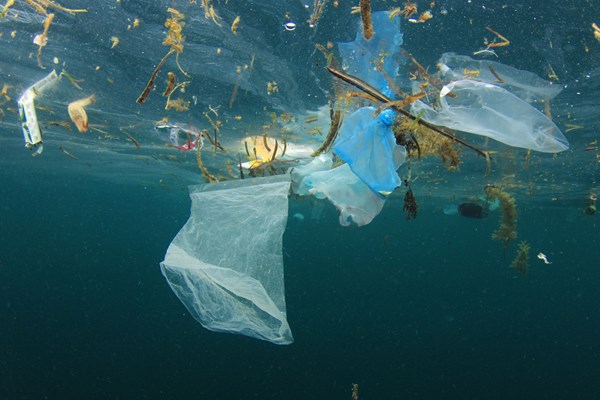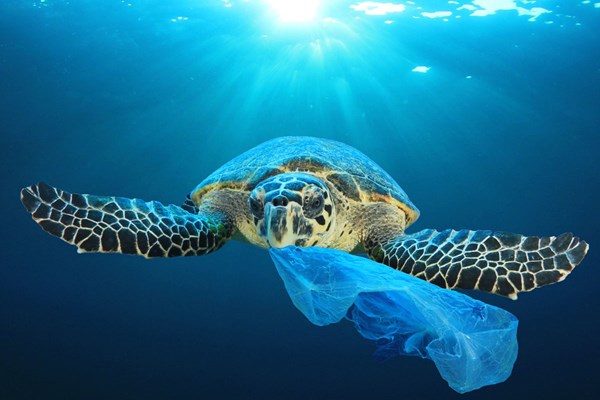The Plastic Problem:
Which plastics are most harmful to the oceans?
It is well known that plastics are a major pollutant for our oceans, but some forms of plastic cause more damage than others.
So, which plastics are responsible for the most waste in the sea? Greenpeace says that there are four main sources: Fishing gear such as nets and fishing lines, industrial material, washed off plastics from products like facial scrubs containing microbeads, and garbage.
Plastic can take years to decompose, and even when it does, it still results in harmful microscopic particles. In fact, recent data has shown that traces of tiny plastic particles have been discovered in the middle of the South Indian Ocean, which is one of the furthest, unchartered areas of the ocean. This part of the ocean had never been investigated for microplastics before, and the results revealed that 41-42 particles of plastic were found per cubic metre of water – much higher than what was expected by experts.
What does this mean for the ocean?
Apart from causing damage to the water itself, this accumulation of plastic waste is damaging to marine life overall, including animals and plant life. Many of these plastic particles will end up being eaten by fish, which won’t be able to digest the plastic, so it will stay in their bodies, preventing them from eating normally, and ultimately causing them to die.
The most affected areas with the highest amounts of microplastics are the Northern Atlantic Ocean and the Mediterranean Sea. The fact that the highest levels are found near coastlines shows that this problem is primarily due to human activity, that is, littering plastics into the sea, or on beaches.
How are we dealing with this?
Many countries have already introduced a ban on free plastic bags to reduce the amount of plastic waste, and there are plans in the UK to place bans on plastic straws and cotton buds. There are also bans in place in some countries on products that contain microbeads, such as toothpastes and face and body scrubs.
Beyond the personal scale, recycling must become a priority on the larger scale, with communities and governments taking charge and leading by example. Providing the right recycling facilities and educating communities on how to use them is key. This will hopefully result in an increase in recycling plastics, instead of burning it or dumping it in landfills, which is where the majority of plastic waste ends up.
What else can we do?
When it comes to garbage, a report analyzing the top 10 items collected on beaches has shown that cigarette butts, plastic bottles and bottle caps, food wrappers, plastic bags and straws are the worst culprits found on beaches, which more often than not end up in the sea. An easy enough task to prevent all this is to recycle all recyclable materials appropriately, and to dispose of waste like cigarette butts in the bin, instead of on the ground. Replacing plastic equipment such as water bottles with reusable items will also help to reduce waste at a minimal effort.
Sources:
http://www.euronews.com/2018/04/20/what-plastic-objects-cause-the-most-waste-in-the-sea-



